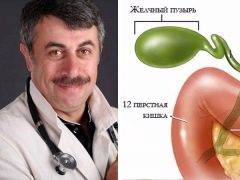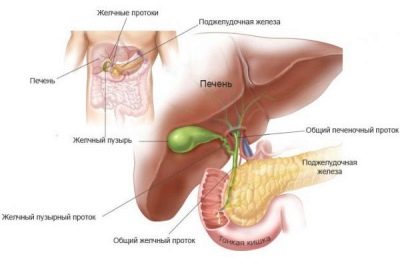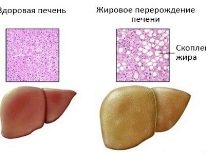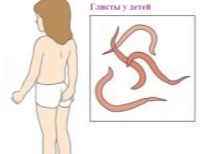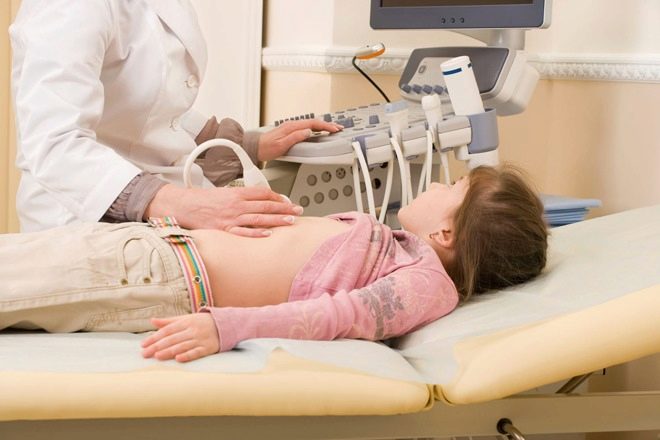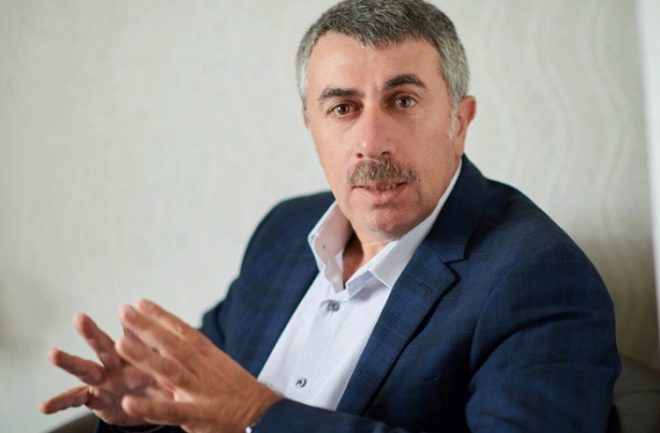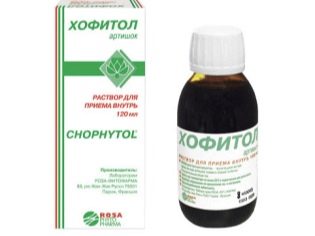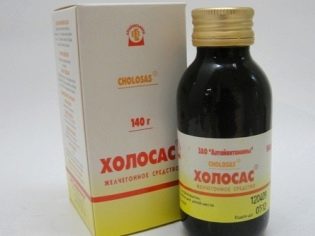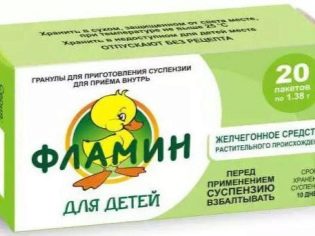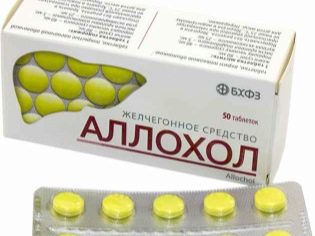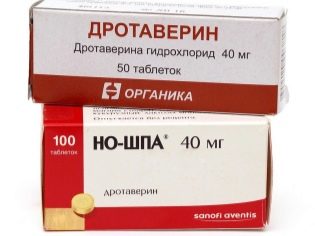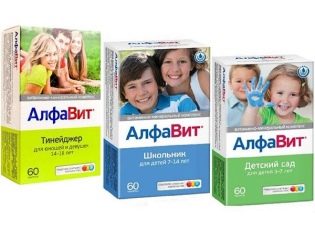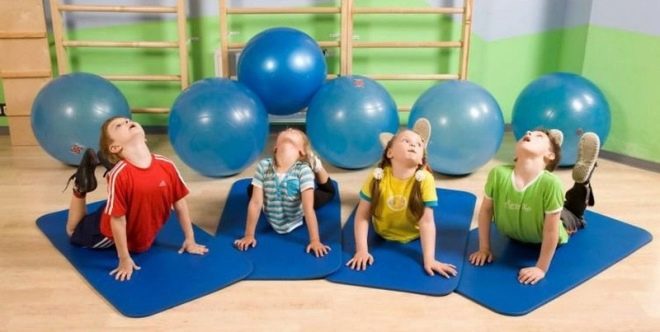Dr. Komarovsky about problems with the gall bladder
Yevgeny Komarovsky is a respected specialist whom young mothers listen to. The famous pediatrician often faces complaints of pain in the navel, nausea and changes in the stool in preschoolers and older children.
Such symptoms are characteristic of the problem, which is called “biliary dyskinesia” by doctors and refers to functional disorders, that is, with it, the gallbladder cannot perform its function correctly.
What is dyskinesia?
This name is not clear to many mothers, but Dr. Komarovsky explains that it is derived from the word “kinetics”, meaning “movement,” that is, it is associated with the motor activity of the gall bladder. And the presence of the prefix "dis" indicates a violation of this activity, which is of two types.
- By hypermotor type which is also called hypertonic or hyperkinetic. This form is characterized by an increase in the tone of the gallbladder, due to which it contracts very strongly and quickly, causing painful sensations of the type of spasms.
- By hypomotor type, also called hypokinetic. In this form, on the contrary, the gallbladder does not contract intensively enough, which also leads to pain, but they are dull and arching.
Why does it occur?
To better understand how exactly problems with the bile ducts arise and manifest themselves in childhood, you need to recall their structure. All mothers know that in the human body there is an organ called "gallbladder". Inside it, an accumulation of bile occurs, which is then transported through a special duct, called the biliary duct, into the small intestine (in its first section, the duodenum 12).
Food from the stomach passes into this part of the intestine. In this case, the bile is normally released at the exact moment when the food lump moves from the stomach to the intestine in order to be involved in the digestion process (in particular, to help digest fats).
If bile is released too early, when the food in the duodenum is still missing or the situation is opposite, when the food mass has arrived, but not the bile, then the diagnosis is dyskinesia.
Various reasons can cause dyskinesia, among which the popular doctor notes:
- liver disease;
- problems with hormonal regulation;
- stomach pathology;
- infectious diseases;
- infection worms;
- allergy;
- duodenal ulcer disease.
However, one of the main causes of dyskinesia in childhood, according to Komarovsky, is feeding without appetite, when the child is forced to eat.
In addition, this problem can cause:
- excess fat in the food that the baby ate;
- too large amount of food at one time (for example, if the child is given the first dish, after it - a side dish and meat, and then - compote);
- constant snacking on a small amount of food.
How to identify?
The most reliable method in diagnosing the condition of the biliary tract Komarovsky calls ultrasound. At the same time, he notes that it was thanks to the introduction of such an examination method into practice that doctors began to more often identify changes in the shape of the gallbladder, bends, waistings, an increase, and so on.
A few decades ago, doctors were simply not available to see that the gallbladder was somehow changed in shape, enlarged or bent. In addition, the time of the examination affects its appearance.For example, a child may come to an ultrasound scan with an incompletely filled bladder, and the diagnostician will see a constriction or bend, although if you perform the same examination after some time, when the bile fills the organ, no changes were found in this patient.
And so Komarovsky calls A “bend” or “waist” in the gallbladder is not a diagnosis, but only a sign detected by ultrasound, which is often interpreted incorrectly. According to Yevgeny Olegovich, such words in the conclusion of an ultrasound scan attract the attention of mothers, as they confirm their concerns about the health of the baby and can explain abdominal pain and other discomfort symptoms. But in reality, problems with the secretion of bile are often not the fault of the bladder itself or its particular structure, but of the wrong feeding regime and lack of appetite in a small patient.
If the child does have such anatomical changes in the gallbladder that interfere with its normal function (for example, it is twisted), then this will manifest itself as severe pain in the right hypochondrium, approximately 20 minutes after eating.
Such a situation, according to Komarovsky, is evidence of real problems with the bladder and requires solving (treatment by a specialist), but, unlike functional disorders, is very rare.
How to treat?
The famous pediatrician emphasizes that the treatment of any problems with the biliary tract should be individual.
In addition, according to Komarovsky, dyskinesia itself should not be cured, but the causes should be affected.
Since in the overwhelming number of cases this problem arises due to improper nutrition and lifestyle, parents need to learn from the attending physician about the diet, which the child with gallbladder diseases should follow, as well as the daily regimen and other nuances.
In turn, Komarovsky pays attention to the following conditions:
- the child cannot be overfed - it is better to feed him fractionally, in small portions;
- the baby should get food by appetite when he asks for it;
- in the toddler menu should be less fatty foods, confectionery (especially baked on margarine), chips, crackers and other snacks;
- It is recommended to exclude very salty and very spicy foods from the baby’s diet;
- the child should walk and play actively enough (“feeding the appetite”);
- he should also get enough clean water throughout the day.
A well-known doctor indicates that the gallbladder bend or dyskinesia for the health of a child does not bear any danger and does not require serious medical treatment or surgery. Since the bladder shape will also change as it grows, many patients experience problems with bile flow by themselves.
With regard to drug treatment, physicians with hypomotor dyskinesia, doctors usually prescribe medications that stimulate motility and thus help eliminate unpleasant symptoms. These include choleretic funds on a plant-based basis, for example:
- «Hofitol» - such a solution based on artichoke is used from birth, and the tablet form is prescribed from the age of 6;
- «Flamin» - this agent in granules, containing flavonoids from immortelle, can be given to children older than 1 month, and in tablets from the age of 12;
- «Allohol» - such tablets, based on nettle and garlic substances supplemented with activated charcoal and dry bile, are prescribed from the age of 7;
- "Kholosas" - this syrup containing rosehip extract is allowed from the age of three.
If dyskinesia is hypermotor, the use of antispasmodics is indicated, due to which the biliary tract relaxes and pain disappears.
The complex treatment can also include drugs that normalize the liver and vitamin preparations.
Depending on the cause, the child may also be prescribed anti-parasitic drugs or antibiotics (if the disease has been provoked by worms or bacteria).
In relation to herbal preparations used for problems with the gallbladder, it should be noted that Komarovsky does not consider them effective, but he calls them harmless, that is, such means will not harm the baby, but they will not bring much benefit in dyskinesia.
According to the doctor, they mostly calm the mother, which also to some extent has a positive effect on the course of the disease.
Among the auxiliary methods of treating dyskinesia, Komarovsky notes physiotherapy and physical therapy. Through these methods, blood flow to the biliary tract is improved, muscle activity in the liver area is increased, and the flow of bile is facilitated, which helps restore the function of the gallbladder.
You will learn more about the problems with the gall bladder from the following transfer of Dr. Komarovsky.
